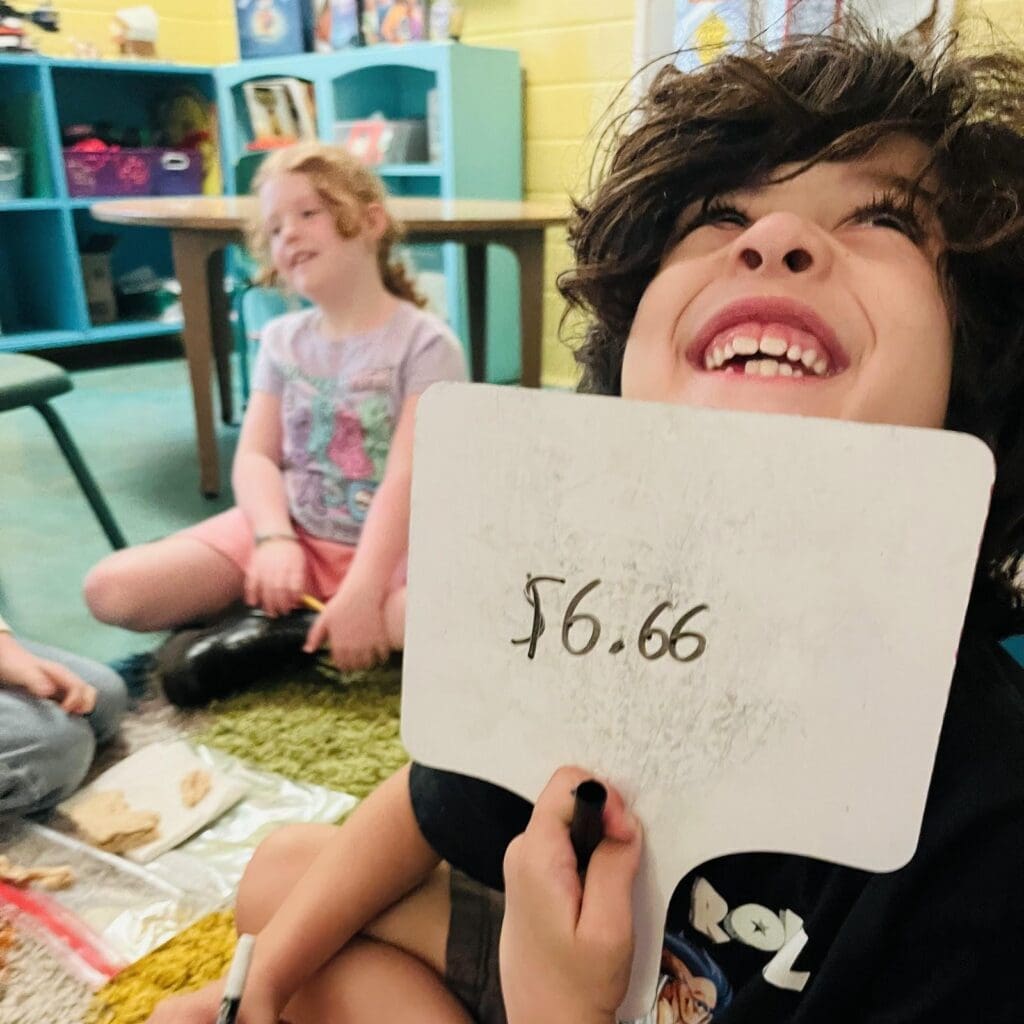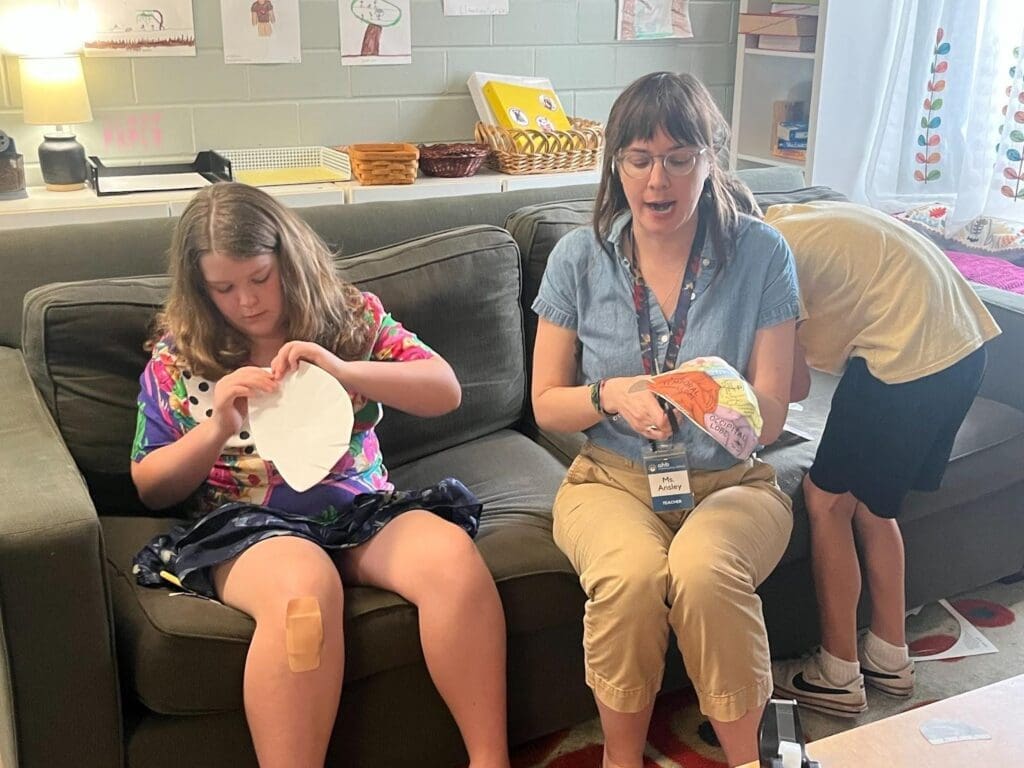Math
Ms. Andrea’s math group began our new math unit! We did heaps of mental math, adding and subtracting two digit numbers by breaking apart the tens and ones in our heads. Then we did even more addition and subtraction by moving in all directions on a 120 chart. We played some exciting rounds of Mystery Number. After we solved them we checked each other’s work, as we do, and had a discussion about the importance of precision, particularly when solving multi-step problems, because one incorrect move will impede the accuracy of your entire answer. We brought out the place value blocks back out to build and demonstrate double digit addition problems requiring regrouping. This concrete process helped us understand what’s really happening when we carry the 1 during vertical (aka column) addition. Finally, we fully embraced vertical addition – WITH REGROUPING!!
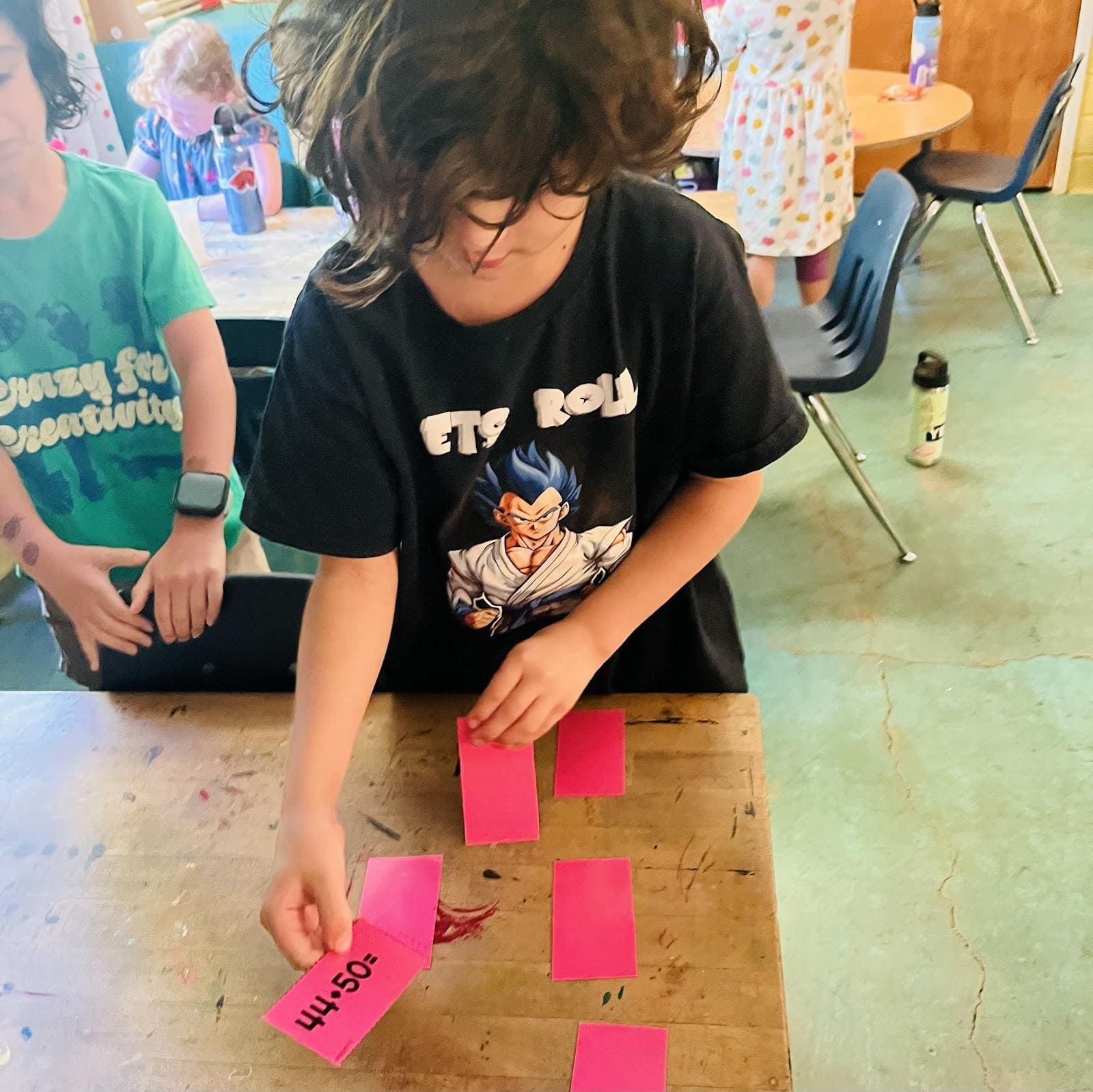 | 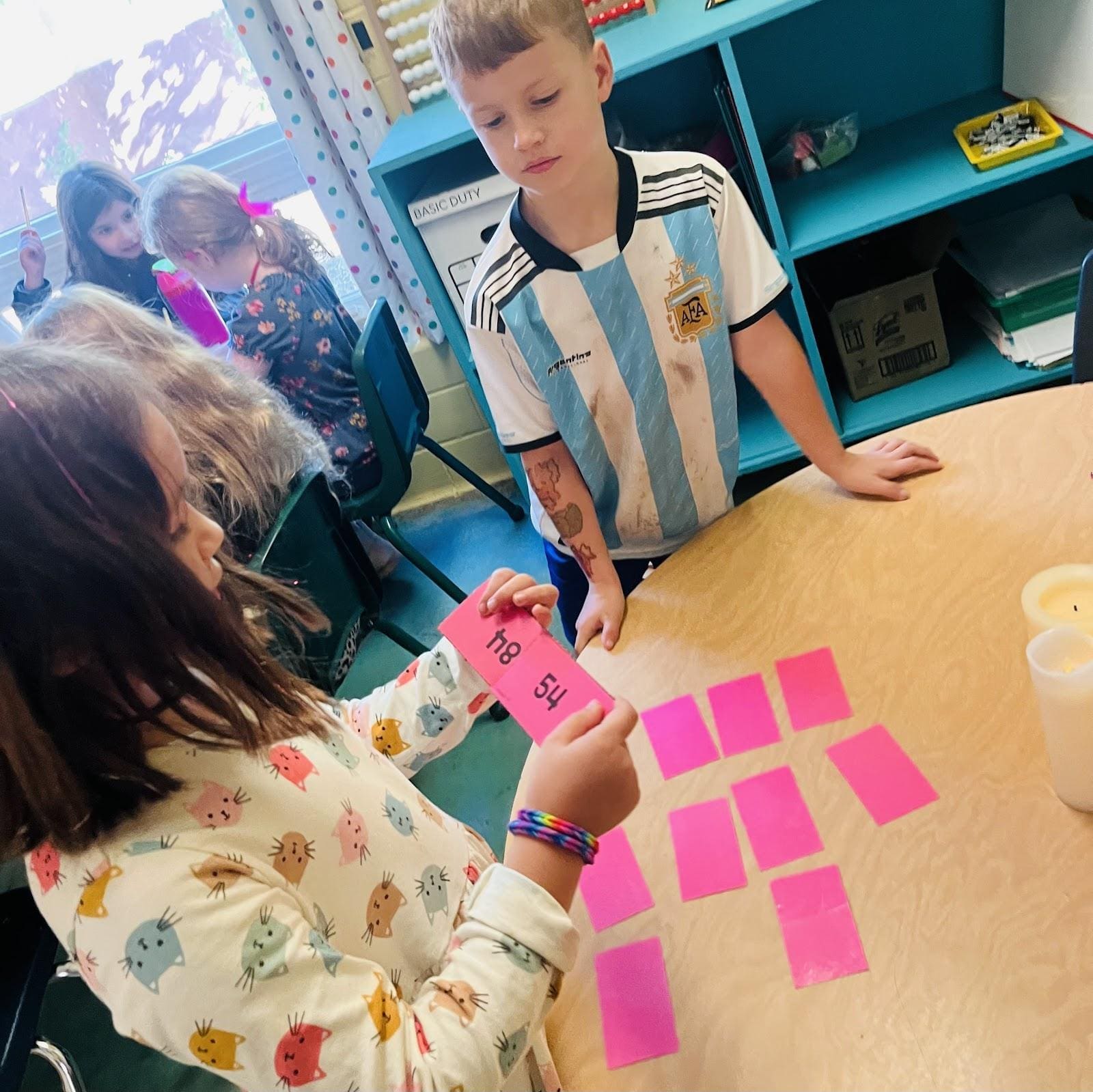 |
|---|
Ms. Kelly’s math group began the week jumping into our last multiplication strategy-hopping across number lines! For example- 5×3 means 5 hops of 3 to 15. We showed off all of our mad multiplication strategies we have learned so far by breaking up into partners to tackle multiplication challenges involving each. We began investigating division midweek! We learned how to use the equal groups strategy we practiced for multiplication, but with division. Now we know the first number (the dividend) is the whole amount (like in subtraction) and the second number (the divisor) is the amount of groups we will divide the whole amount into! It took a little practice, but we got it! And on Thursday we used the repeated subtraction strategy for division.(The opposite of repeated addition for multiplication.) It has been fun to discover how multiplication and division are just inverse operations, just like addition and subtraction!
 |
|---|
Reading –
Ms. Kelly’s spelling crew finished our exploration of closed syllable exceptions with many activities including performing surgery on multisyllabic words by dividing, coding and labeling the syllable types. We noticed that even closed syllable exceptions had exceptions for the exceptions! Oh, the English language! At the end of the week we partnered up to practice and present, if they wanted, a reader’s theater script about a turkey at Thanksgiving time! The best part about reader’s theater is it is just that- you don’t have to memorize anything, you just read the script! These turkeys, I mean kids, were outstanding!! We agreed that we need more reader’s theater in our life!
Ms. Andrea’s spelling group reviewed the “silent” or “bossy” (some even say “ninja”) e that frequently appears at the end of words. Then we wrapped up our unit on spinning questions in order to answer them using complete sentences and took a short quiz to demonstrate our skills. We’re already seeing the second year Betas apply what they’ve learned in their work throughout the day – and even teach the skill to their lower classmen!!! The Betas are honing their writing skills, one question at a time. At the end of the week we practiced Thanksgiving skits by rereading scripts in partnerships several times – the purpose was fluency practice but boy, did they have a lot of fun with it! On Thursday they performed!
Book Clubs continued reading together, having loads of lively discussions, and two groups even finished their first books!!!! They will each begin another after our break. 🙂
 | 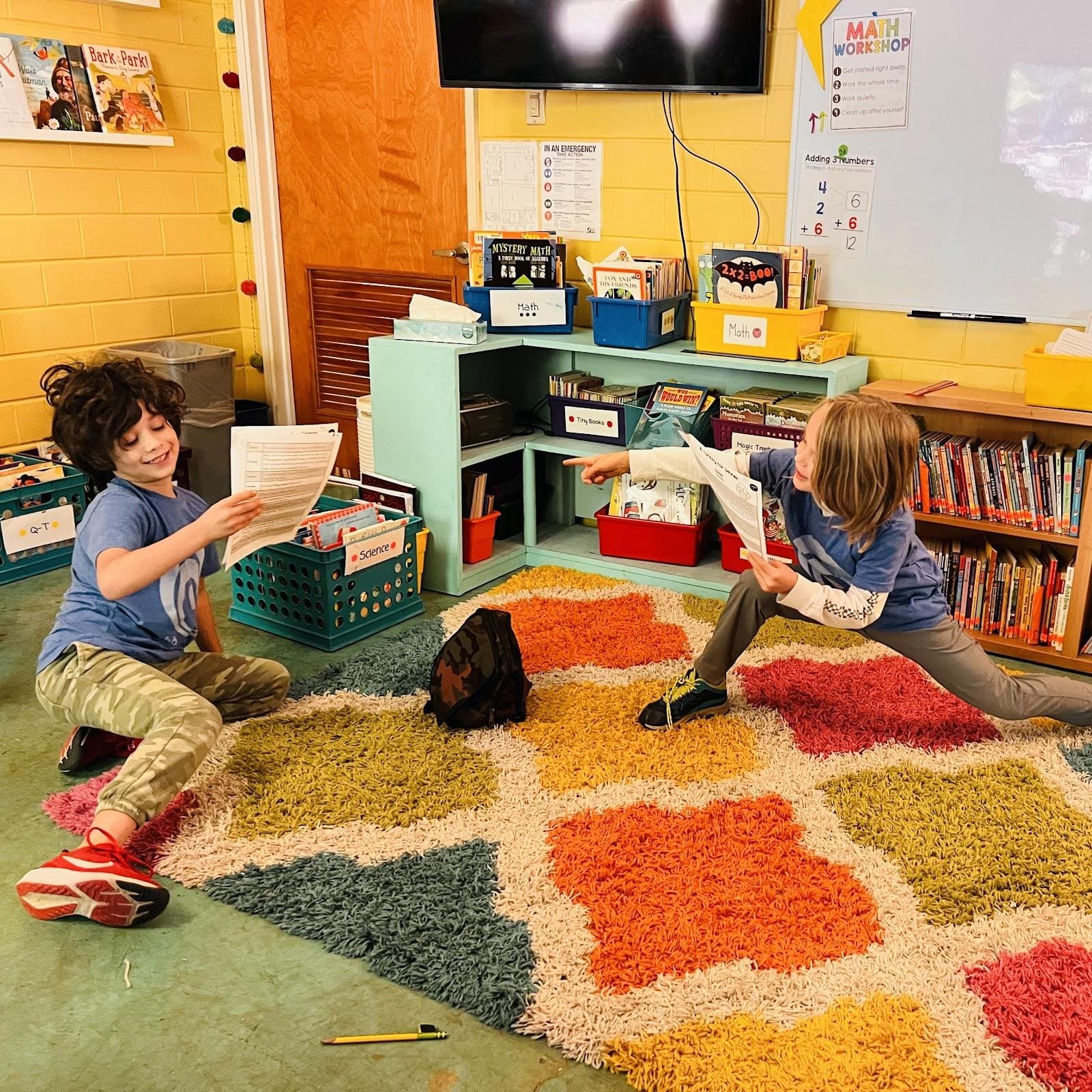 | 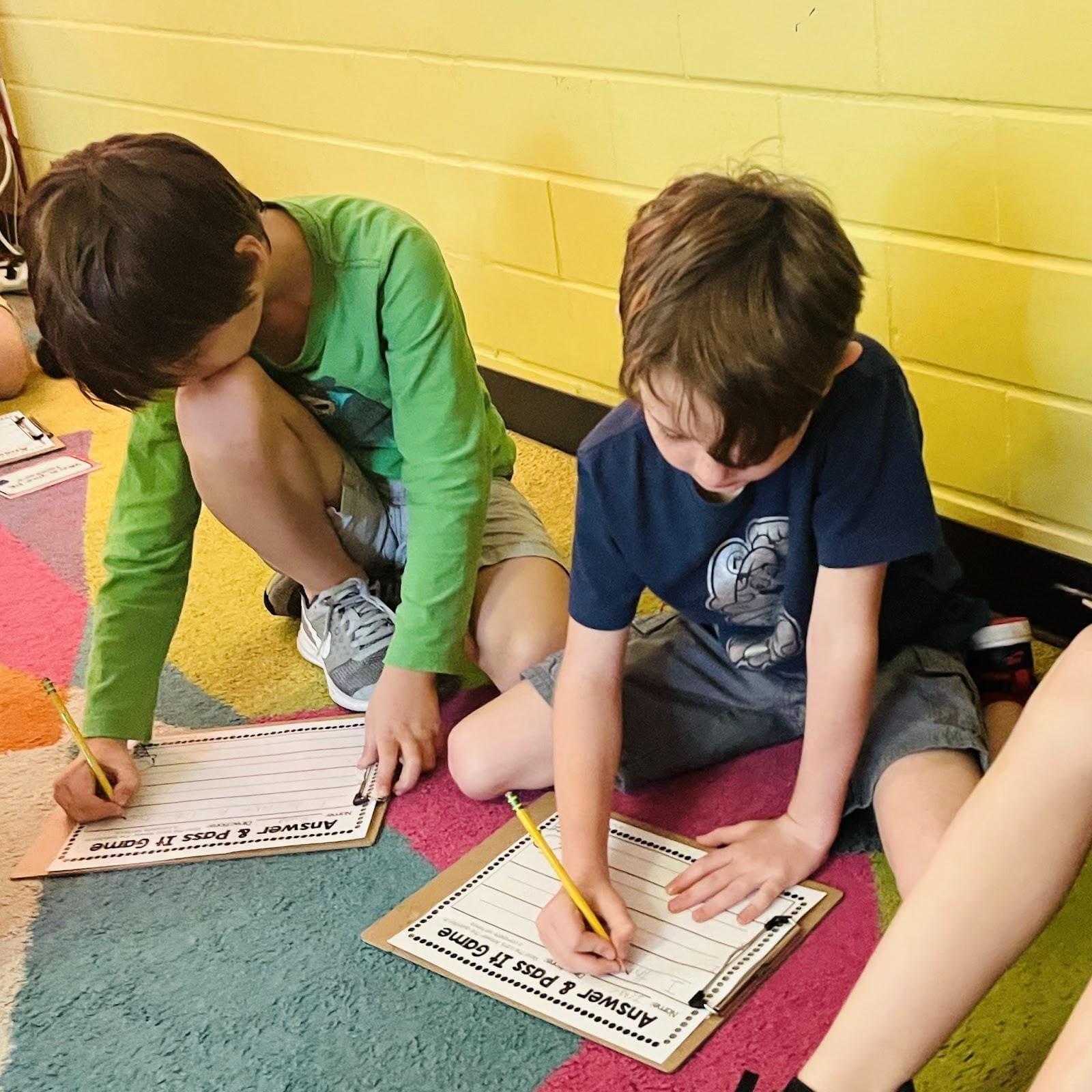 |
|---|
Writing –
The Beta poets began the week learning about diamanté poems: seven lined, diamond shaped poetry based on synonyms or antonyms. We read a few and wrote a couple together. Some students chose to write their own independently. We ended the week by writing list poems on everything from AHB to travel, animals and each other. Afterward many chose to create a heart form poem, filling their hearts with all of the things they’re grateful for.
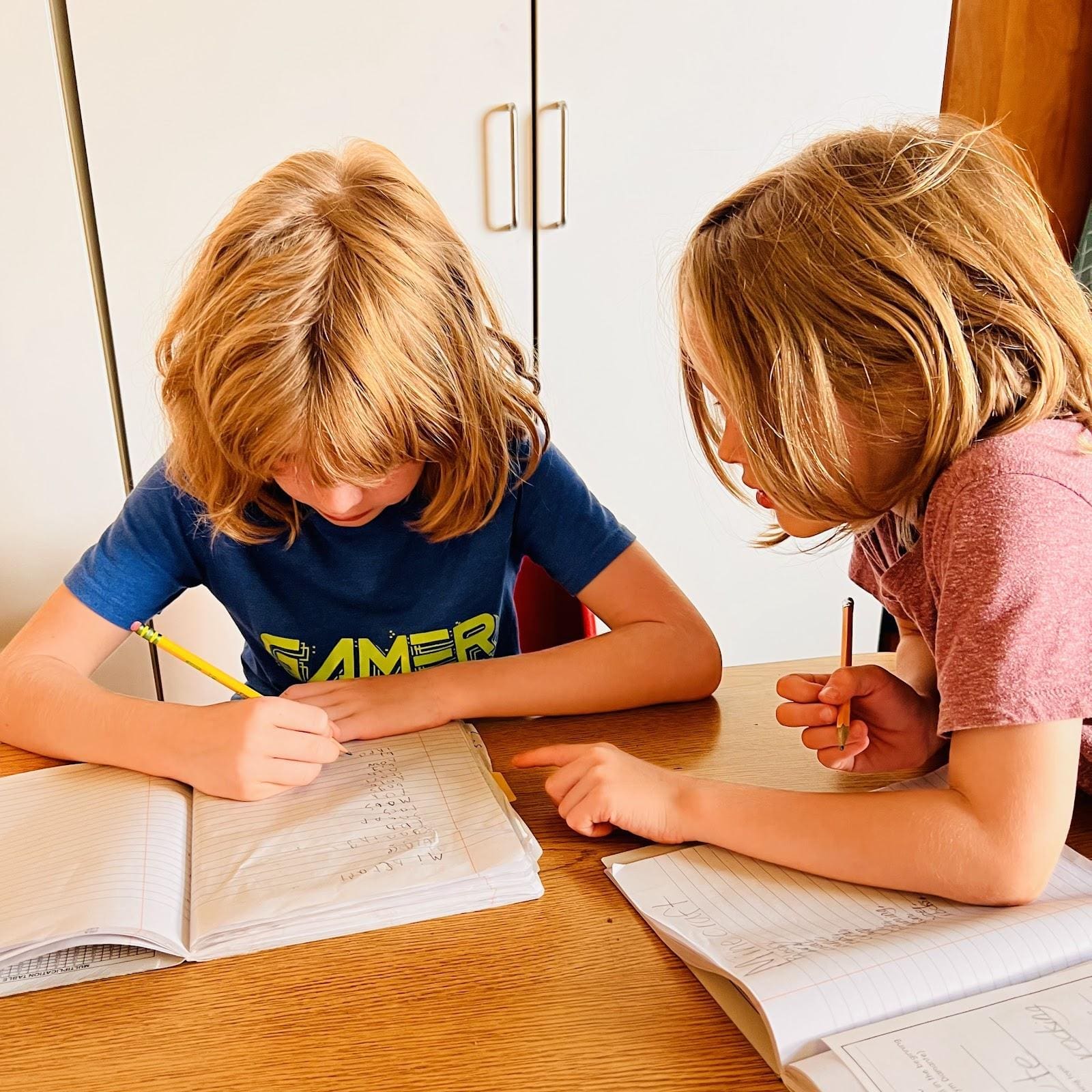 | 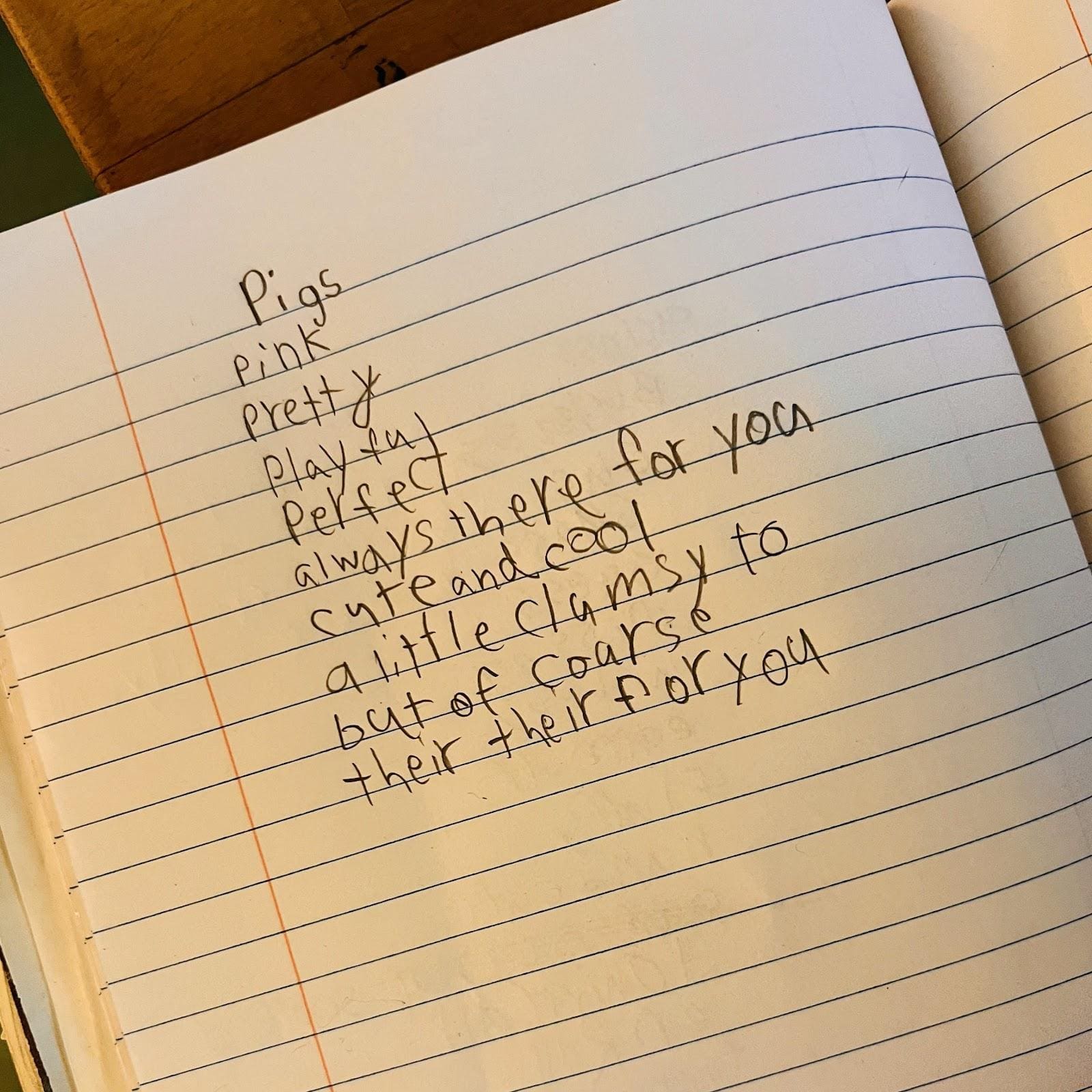 |
|---|
Theme –
In theme we played Ring Taw with our clay marbles! It’s a little like pool. Each player uses their “Taw” (the one bigger marble) to shoot the smaller marbles out of the circle. We had loads of colonial fun!
We spent the week getting to know the Wampanoag people. Four hundred and four years ago, the Wampanoag People watched on as a ship arrived on their shores.It was not the first ship they had seen arrive, nor would it be the last. But this particular vessel and the people on board would have far and long-lasting consequences for their future and legacy.
The Wampanoag Tribe, also known as the People of the First Light, were the first Native Americans to deal with the English settlers known as the Pilgrims. The Pilgrims established a colony at Plymouth, Massachusetts, in 1620. Massasoit, the Wampanoag chief, made a peace treaty with the Pilgrims that lasted for 40 years. The Wampanoag taught the Pilgrims the skills they needed to survive in their new home.
Wampum, for the Wampanoag people, are special beads made from the shells of clams, usually white and purple, which they used to tell stories, record important events, and show their wealth and status through intricate patterns woven into belts or strings; essentially, it was like their own special writing system that could be worn or displayed to share important information with others.
The Betas listened to Wampanoag inspired music and drafted some ideas for a wampum art piece of their own. In place of clam shells, we used pony beads.
We learned about an important man that made a big difference in the survival of the pilgrims in 1621- Squanto. Little is known about Squanto’s early life. According to one story, explorers took Squanto to England in 1605. Captain John Smith brought him back to North America nine years later. Then one of Smith’s men kidnapped Squanto and sold him into slavery in Spain. Squanto escaped to England. Upon returning to North America, he found that disease had killed the other Pawtuxet. Squanto went to live with the Wampanoag.
Squanto met the Pilgrims in 1621. Their settlement was on Wampanoag land. Squanto could talk to the Pilgrims because he knew the English language. He showed them how to plant crops and where to fish. He also helped them work out a peace treaty with Massasoit, chief of the Wampanoag. The governor of Plymouth Colony made Squanto his representative to the Indigenous groups. But Squanto sometimes abused his power. The other Native people began to distrust him. In 1622 Squanto falsely told the colonists that Massasoit was planning to attack Plymouth. The Pilgrims found him out, but they let him stay in Plymouth and protected him from Massasoit.
The Betas wrote another journal entry, putting themselves in the shoes of a pilgrim meeting one of these great men. Were they skeptical at first? Or were they excited to meet someone who could potentially help them?
We ended the week with a Thanksgiving feast! After learning a little about the first Thanksgiving, thanks to the Wampanoag people, we had a feast of our own! Each Peep house was in charge of making a Peep dish. Pretend beans and squash, fish, mussels and pork were on the menu. The Wampanoag provided the deer. The Peeps ate very well! Ms. Andrea provided a real life Wampanoag recipe for a delicious stew of beans and squash as well as corn bread for the Betas. The Betas also ate very well! What a lovely way to spend our last afternoon together before break!
 | 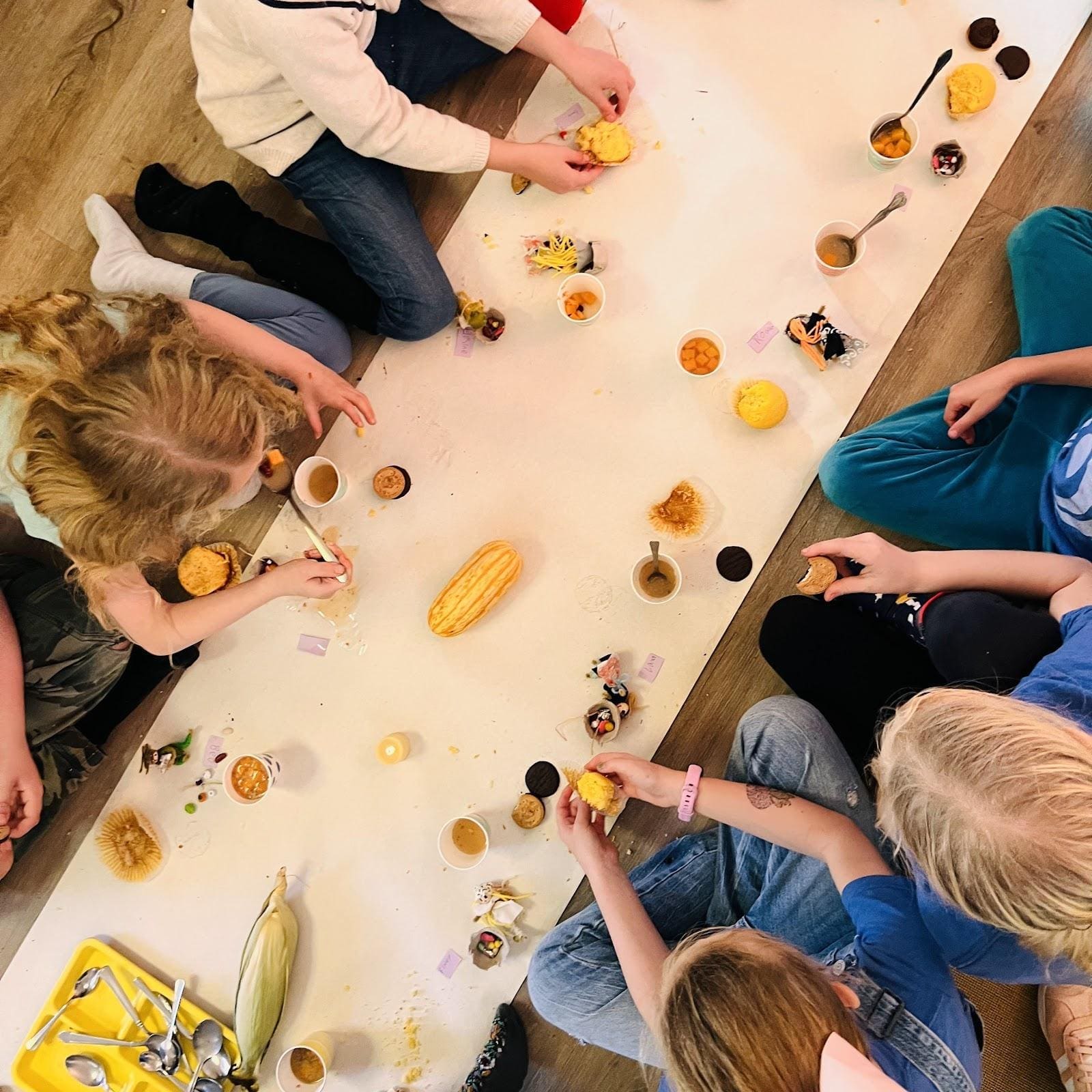 | 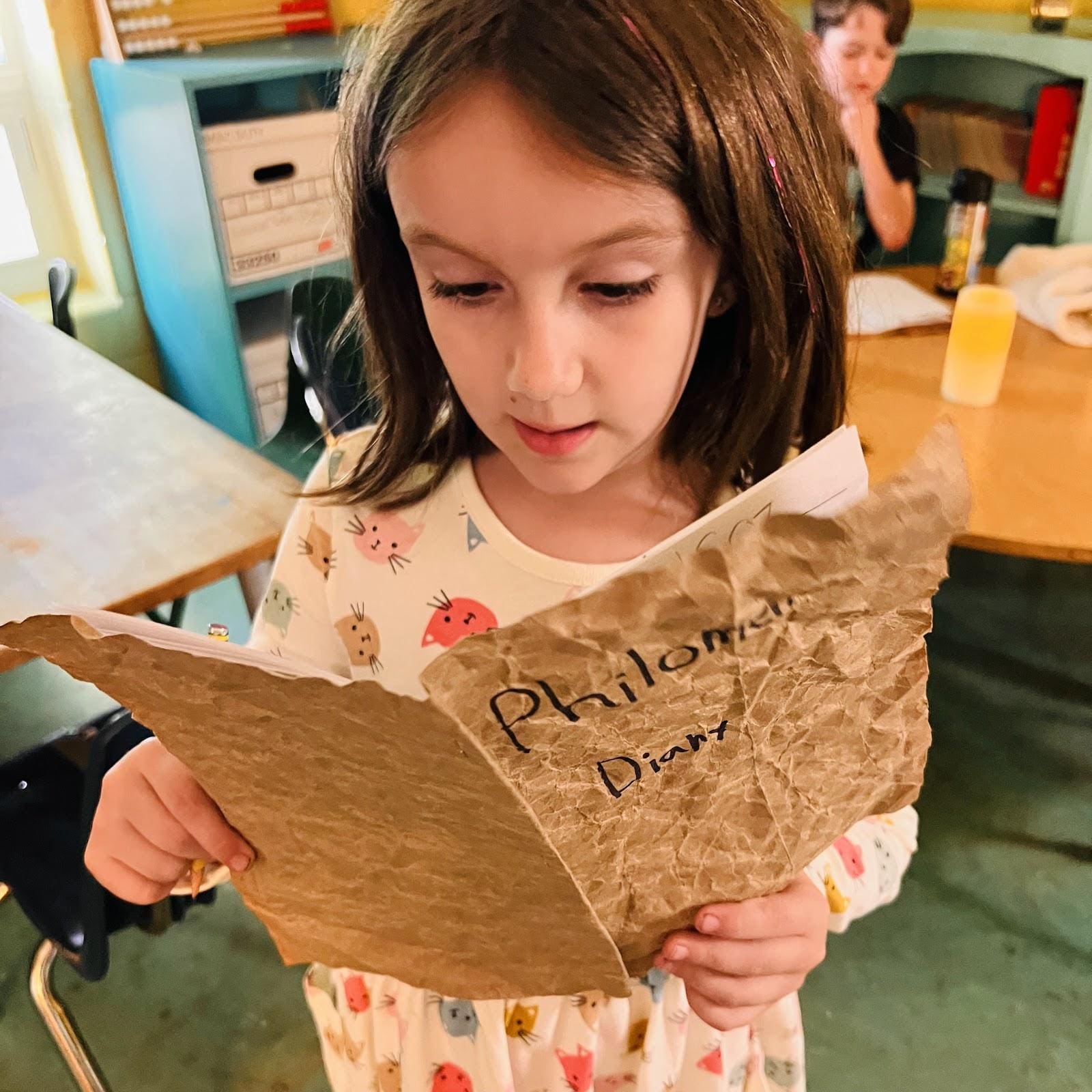 |
|---|---|---|
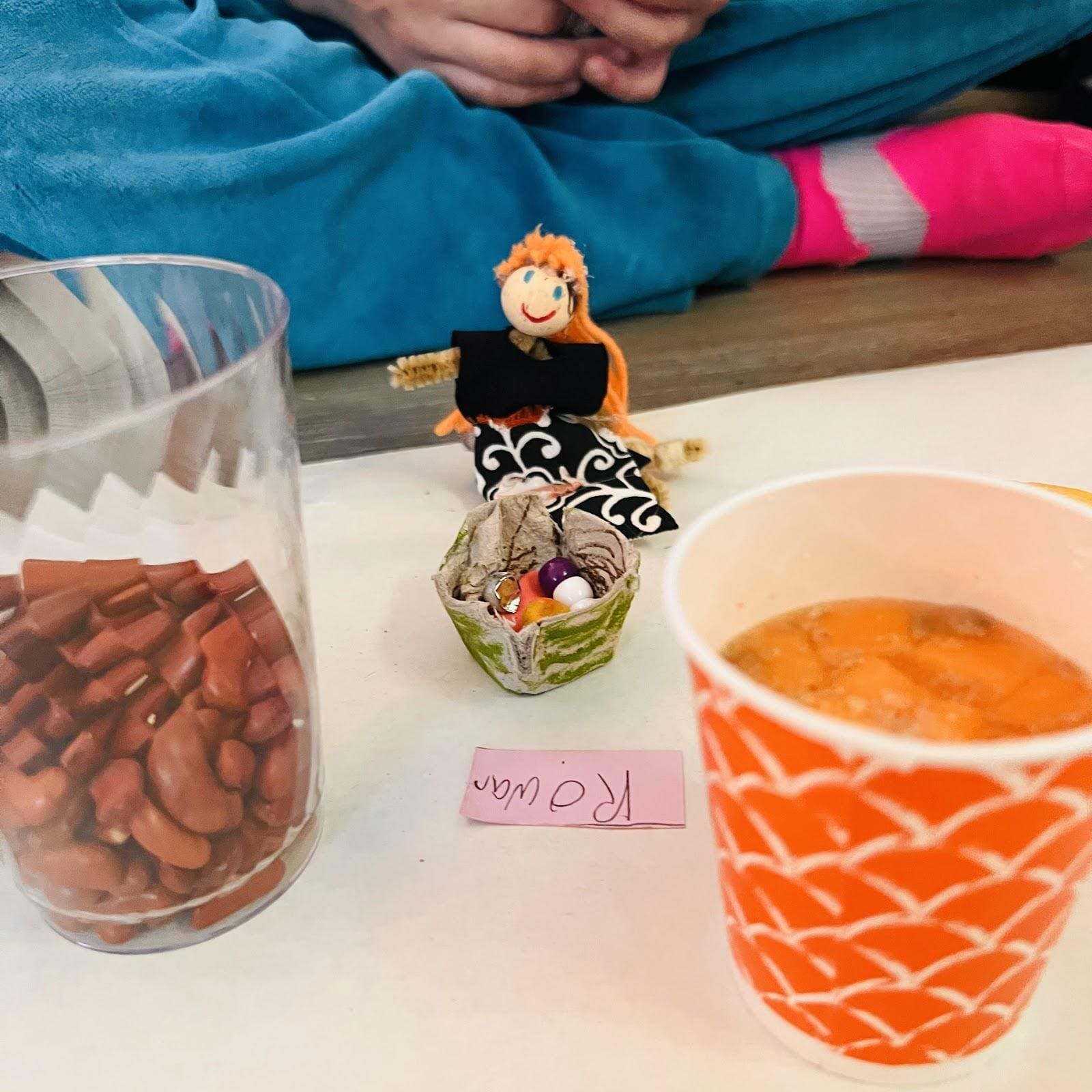 | 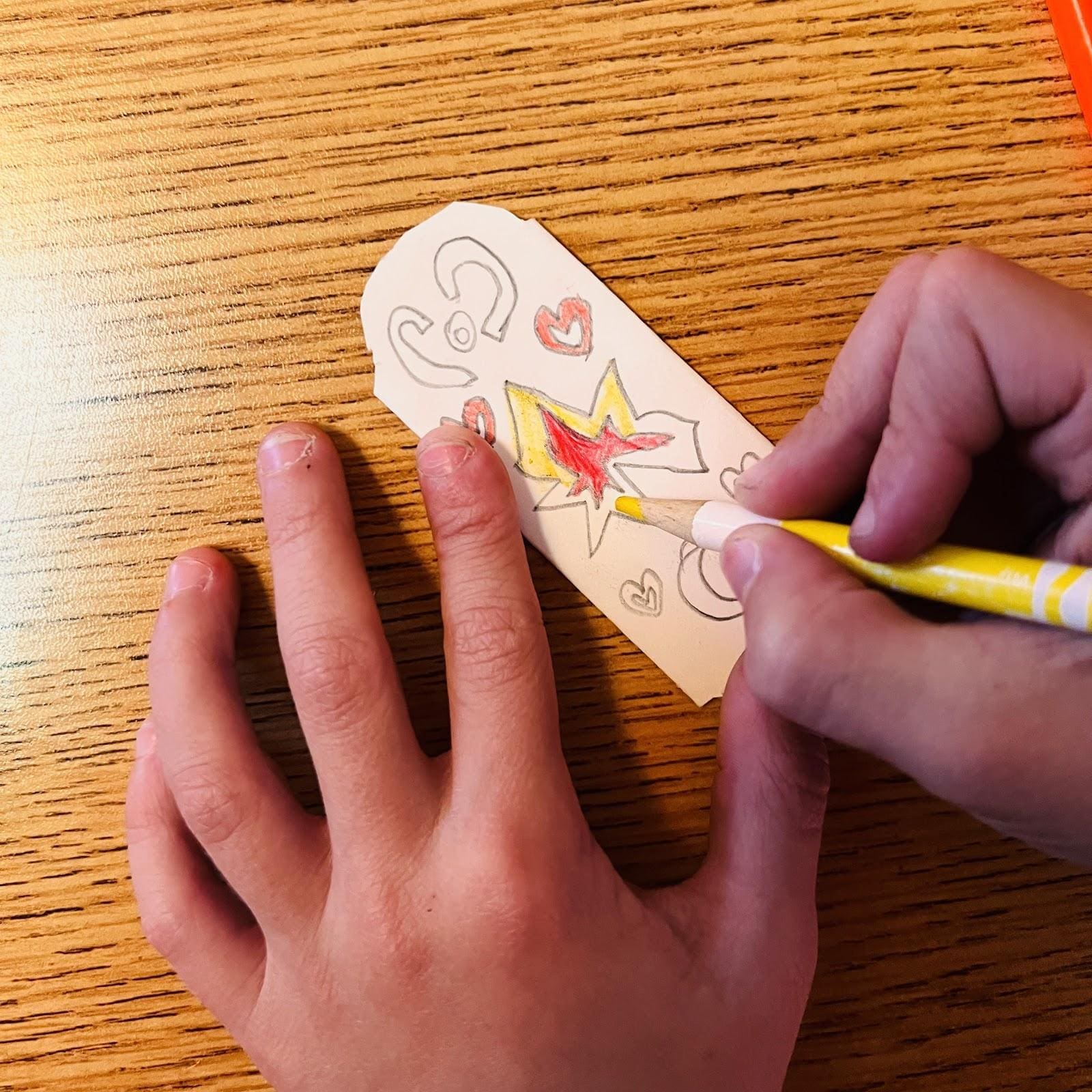 | 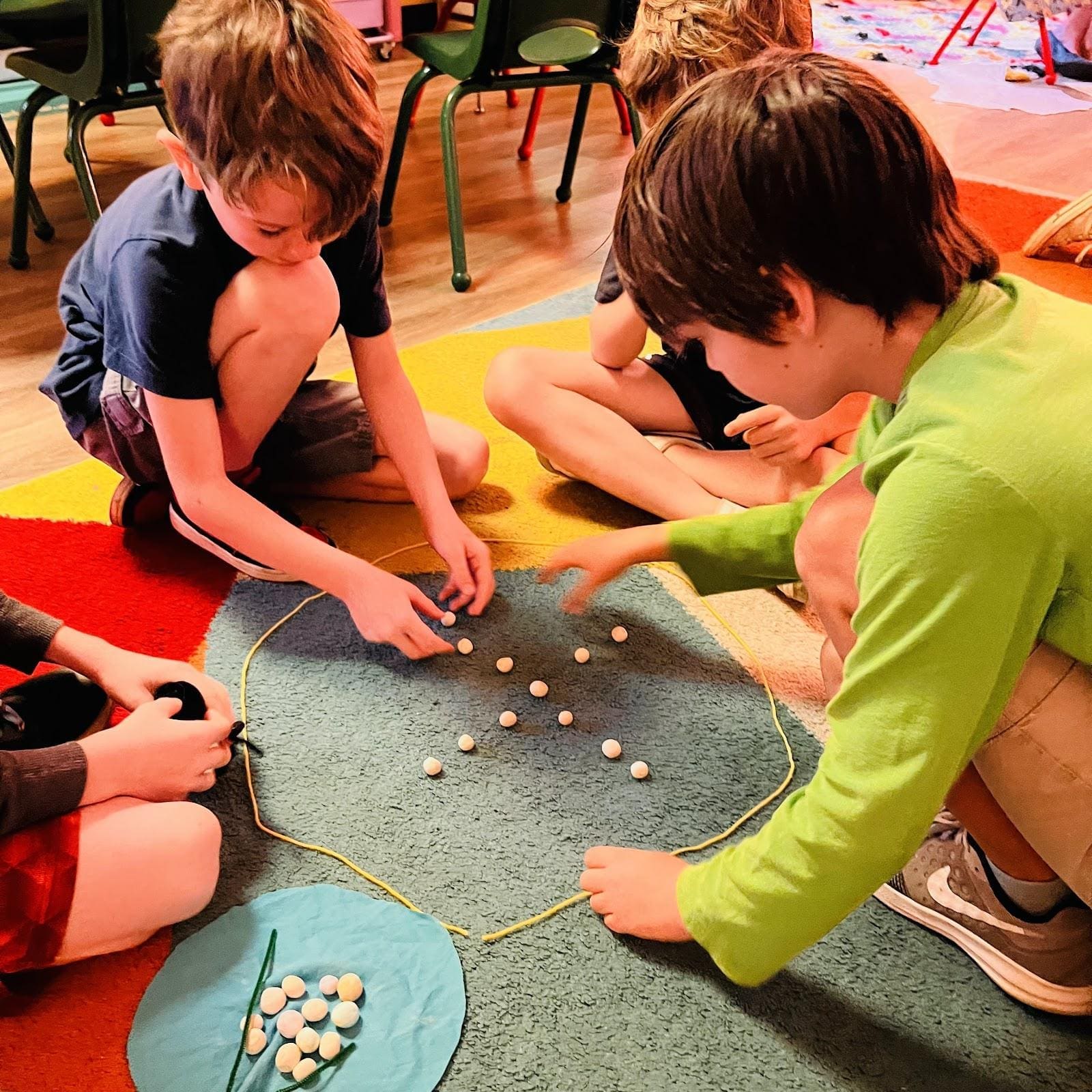 |
 |


